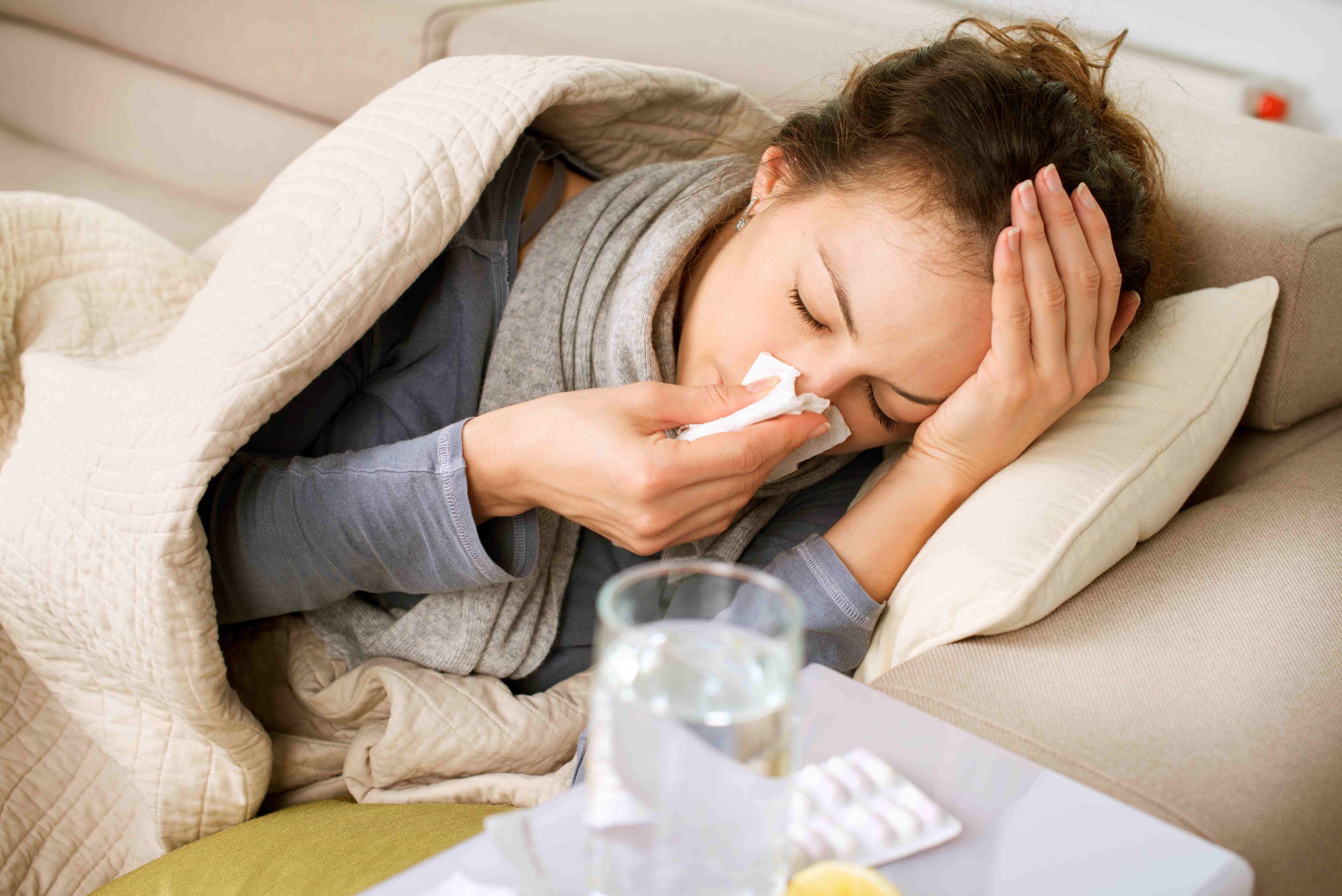Get ready for more sickness.
Covid-19 is settling in as a wintertime fixture, and infections are expected to rise again as the weather cools and holiday gatherings pile up. The virus is on a collision course with the seasonal scourges of flu and respiratory syncytial virus,or RSV, which are circulating again after the pandemic disrupted their spread.
The risk? More infections,more disruptions to schools, work and holidays and more strain on hospitals than before the pandemic. Covid has raised the baseline for winters to come.
“It’s going to be a new normal. It’s going to be three different viruses instead of two,”said Catherine Brown, Massachusetts’ state epidemiologist.

When Covid arrived, it threw the usual rhythm of respiratory infections into turmoil. Covid cases surged, while mitigation measures including school shutdowns and social distancing helped sideline flu and RSV.
Those familiar cold-weather foes bounced back last year. Now, RSV infections are taking off again, and flu activity is increasing in most of the U.S. Covid hospitalizations appear to be edging up, too.
“This may be the most normal, whatever normal means, season that we’re going to see for some time,” said Dr. Yvonne Maldonado, a pediatric infectious-disease specialist at Stanford Medicine Children’s Health.

Flu and RSV killed thousands of people on their own during typical winters before the pandemic. Covid isn’t killing people as it once did, but it remains the deadliest of the three—in part because it is more active year-round.
The Centers for Disease Control and Prevention predicts hospitalizations this year will be about the same as last year: well above prepandemic levels. Even a milder season with the three viruses circulating together would likely mean more hospitalizations than a severe season of just flu and RSV, said Jason Asher, who directs a CDC forecasting department.

More illness means more disruptions to life and work. The flu alone is responsible for billions of dollars in medical and economic costsand millions of lost workdays. Covid has added to worker absences in recent winters.
“There’s a social burden to having emergency rooms fill up with coughing and sneezing people,” said Kizzmekia Corbett-Helaire, an immunologist and infectious-disease expert at the Harvard T.H. Chan School of Public Health. “Adding another virus to that pool can make that worse.”

Covid concerns and confusion over when to keep children home have contributed to high rates of school absences, said Hedy Chang, executive director at Attendance Works, a group focused on curbing chronic absences. And doctors and pharmacies are already busier than in the past administering vaccines for all three viruses.
Covid vaccinations this season are moving slowly, data from late October show. A new drug is available this season to protect babies from RSV, but it is in short supply in part because of higher-than-expected demand. There is still time for people to get shots, which doctors said could help curb infections.

Across the past winter season, when the CDC collected Covid-related data more comprehensively, the agency estimated that some 17% of the U.S. population got ashot.
Other basic steps including staying home when you are sick, washing your hands or improving ventilation also help—especially now that Covid is part of the mix.
“There’s one more virus out there for you to get,” said Justin Lessler, an infectious-disease epidemiologist at the University of North Carolina. “Your risk of getting sick has probably gone up.”
Write to Brianna Abbott at brianna.abbott@wsj.com and Jon Kamp at Jon.Kamp@wsj.com



